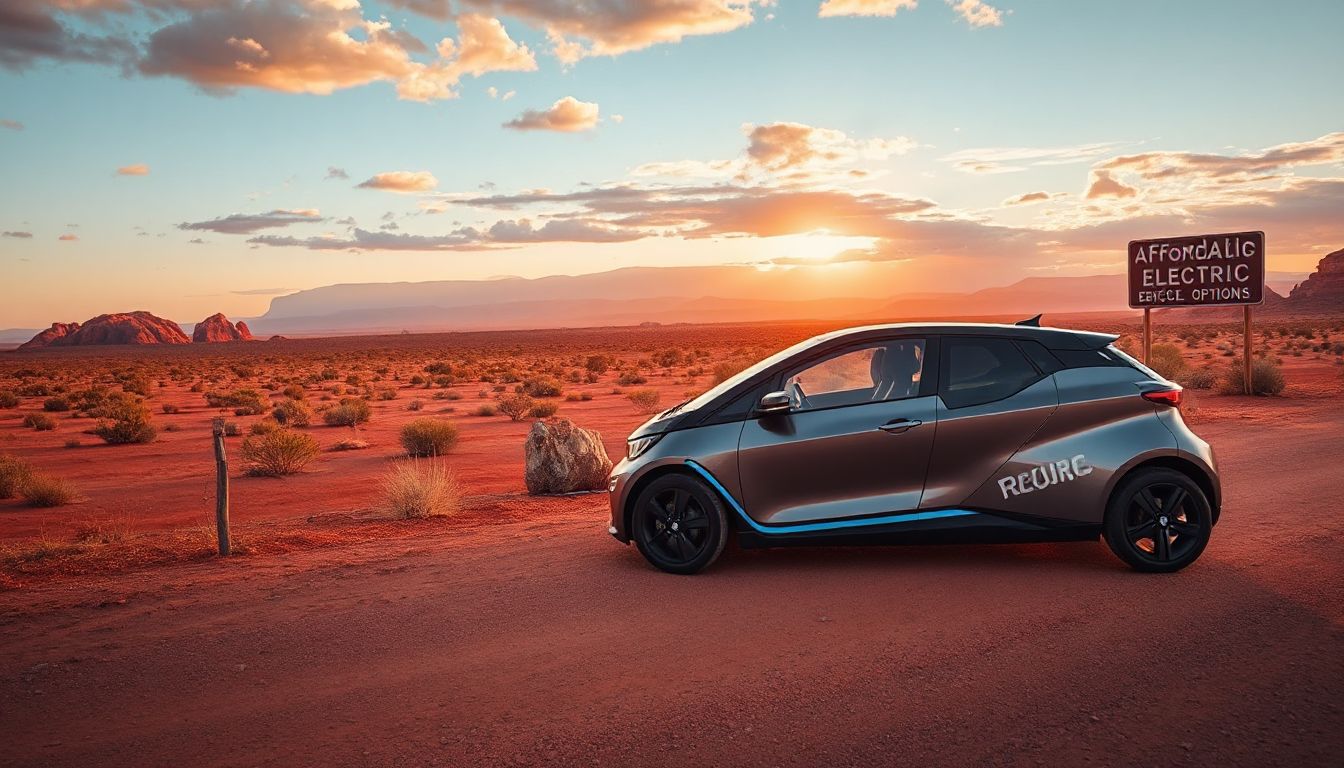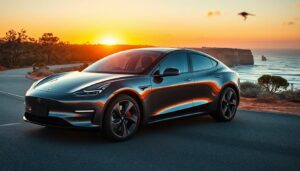Introduction
Electric vehicles (EVs) are gaining popularity across Australia. More people want to switch to cleaner, cheaper ways to travel. As fuel prices go up and climate concerns grow, affordability becomes key. Choosing the right low-cost EV can save you thousands over time. This article will show you the most budget-friendly electric cars in Australia. We will cover what affects prices, available models, and how to get the best deal.
Understanding the Australian EV Market and Price Factors
Market Overview and Trends
Australia’s EV market is expanding fast. In recent years, EV registrations have skyrocketed. According to government reports, EV sales grew by over 80% last year alone. The government encourages EV use through policies and incentives. More brands are entering the Australian market, offering a wider range of affordable options. The future looks bright for budget-friendly EVs.
Factors Influencing EV Prices
The cost of an EV depends on many factors. Cars manufactured locally tend to be cheaper than imported models. Import taxes and tariffs can push prices higher. Government incentives help reduce sticker prices, but not all models qualify equally. Tax rebates, grants, and special registration discounts vary by region and model. Additionally, features, battery size, and range also affect the price.
Total Cost of Ownership
Buying a cheap EV is just the start. You also need to consider running costs. Charging at home is usually cheaper than public fast chargers. Maintenance for electric cars tends to be lower than gasoline cars. Insurance costs depend on the model and your driving history. Over the years, these factors influence how affordable an EV really is.
Cheapest Electric Vehicles in Australia: Top Budget-Friendly Models
Entry-Level Electric Cars
If you want a quick, cheap way into electric driving, these models are perfect.
Nissan Leaf
- Price range: around AUD 45,000–50,000
- Features: Compact, reliable, decent range of up to 270 km
- Pros: Affordable, proven technology, easy to find
- Cons: Older models have limited range, basic interior
MG ZS EV
- Cost comparison: starting at about AUD 40,000
- Key features: Spacious interior, 273 km range
- Incentives: Often qualifies for rebates
- Suitability: Ideal for city and suburban driving
Hyundai Kona Electric
- Price: roughly AUD 48,000–52,000
- Range: Up to 484 km on a full charge
- User reviews: Love the range and value for money
- Why choose it? Good balance of price, range, and features
More Affordable Compact EVs
If you’re after smaller options, consider these:
Renault Zoe (if available)
- Price: Around AUD 35,000–40,000
- Features: Compact design, decent range, good for city driving
- Note: Limited availability in Australia, check local dealers
Kia Soul EV
- Price: about AUD 42,000
- Features: Unique style, solid range, good for families
- Affordability: Offers a lot for its price
Emerging or Discounted Models
Second-Hand EV Market
Buying a used EV is a smart way to save. Older models have dropped in price but still offer good range and reliability. Always check the car’s history and battery health before buying used.
Government Incentives and Financial Support for Cheaper EVs
Current Incentive Programs in Australia
Australia offers a mix of incentives to make EVs cheaper. At the federal level, some rebates target lower-cost models. States like Victoria and South Australia provide additional grants and register discounts. The details are always changing, so check local programs when shopping.
How Incentives Impact Prices
Rebates can cut hundreds or even thousands from the purchase price. For example, a $3,000 rebate on an AUD 40,000 car reduces the cost to just AUD 37,000. Combining incentives can make even more savings possible. Remember, some rebates have eligibility rules, so verify your status.
Future Policy Developments
More incentives are likely to roll out as Australia pushes for EV adoption. Expect lower prices, new models, and bigger rebates in years to come. Staying updated will help you snag the best deals when buying.
Charging Infrastructure and Operating Costs for Budget EVs
Charging Options and Costs
Home charging is the most cost-effective option. Installing a wall socket or charger might cost around AUD 500–1,500. Public chargers vary, charging around AUD 0.30–0.50 per kWh. Budget EVs with smaller batteries charge quicker and are cheaper to top up.
Range and Practicality
Cheaper EVs typically have a range between 150–270 km, enough for daily commutes. Long trips might require planning with fast chargers. For city driving, these models are more than enough.
Maintenance and Insurance
Electric cars generally cost less to maintain. No oil changes or exhaust repairs needed. Insurance premiums depend on the vehicle’s value and driver profile but can be affordable for basic models. Shopping around for quotes helps keep costs down.
Actionable Tips for Buying the Cheapest Electric Vehicle in Australia
- Research Incentives: Always verify local rebates and grants.
- Buy Used: Opt for a second-hand EV to save more money.
- Look Beyond Price: Consider total costs like insurance, charging, and servicing.
- Test Drive: Visit showrooms to get a feel for affordable models.
- Compare Online: Use comparison sites for accurate pricing and features.
- Read Reviews: Listen to owner feedback for long-term reliability.
Conclusion
Choosing an affordable EV in Australia is more accessible than ever. Models like the Nissan Leaf, MG ZS EV, and Hyundai Kona Electric combine low upfront costs with good features. State and federal incentives further reduce prices, making green driving budget-friendly. Research and planning are key to getting the best deal. As technology improves and more inexpensive options hit the market, EVs will become a natural part of everyday life in Australia. Now is the perfect time to make the switch and save money while helping the environment.




